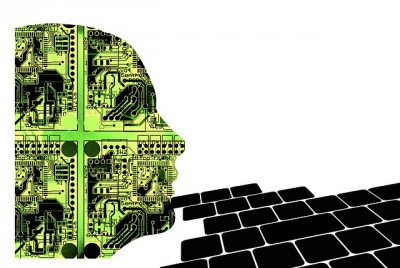If I were to ask you a question, and neither of us knew the answer, what would you do? You’d Google it, right? Me too. After you figure out the right wording and hit the search button, at what point would you be satisfied enough with Google’s answer to say that you’ve gained new knowledge? Judging from the current socio-technical circumstances, I’d be hard-pressed to say that many of us would make it past the featured snippet, let alone the first page of results.
The internet—along with the complementary technologies we’ve developed to increase its accessibility—enriches our lives by affording us access to the largest information repository ever conceived. Despite physical barriers, we can share, explore, and store facts, opinions, theories, and philosophies alike. As such, this vast repository contains many answers to many questions derived from many distinct perspectives. These socio-technical circumstances are undeniably promising for the distribution and development of knowledge. However, in 2008, tech-critic Nicholas Carr posed a counter argument about the internet and its impact on our cognitive abilities by asking readers a simple question: is Google making us stupid? In his controversial article published by The Atlantic, Carr blames the internet for our diminishing ability to form “rich mental connections,” and supposes that technology and the internet are instruments of intentional distraction. While I agree with Carr’s sentiment that the way we think has changed, I don’t agree that the fault falls on the internet. I believe we expect too much of Google and less of ourselves; therefore, the fault (if there is fault) is largely our own. more...










